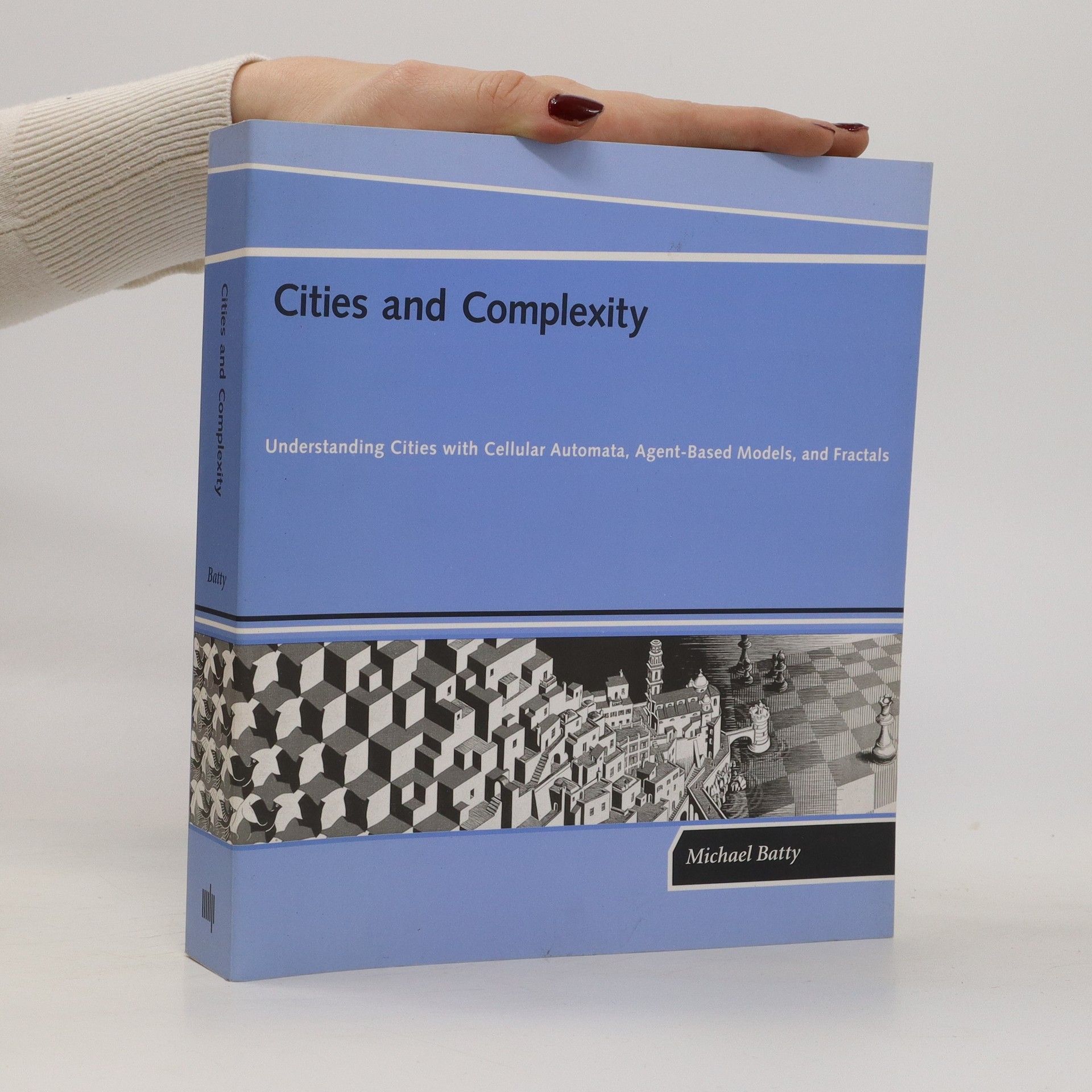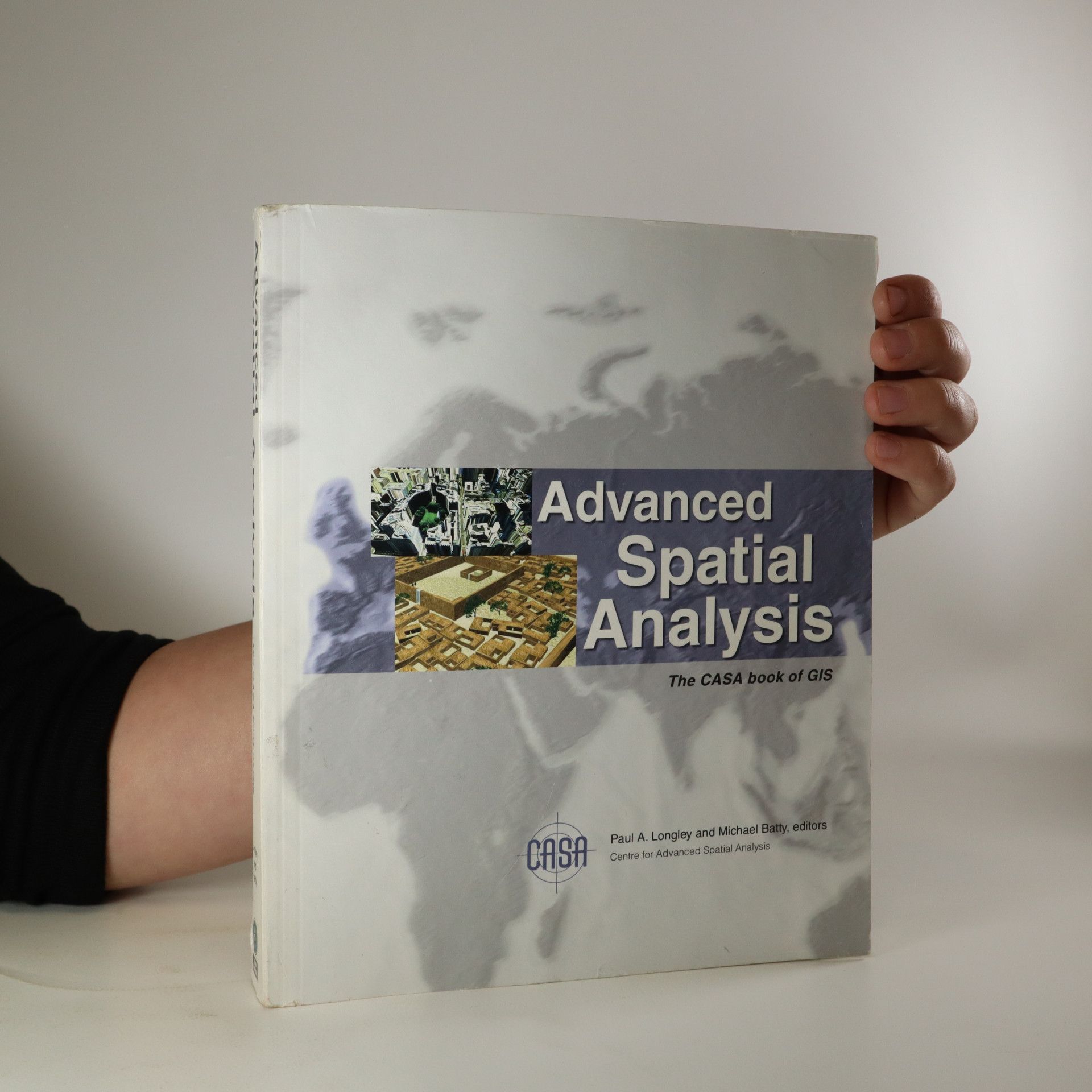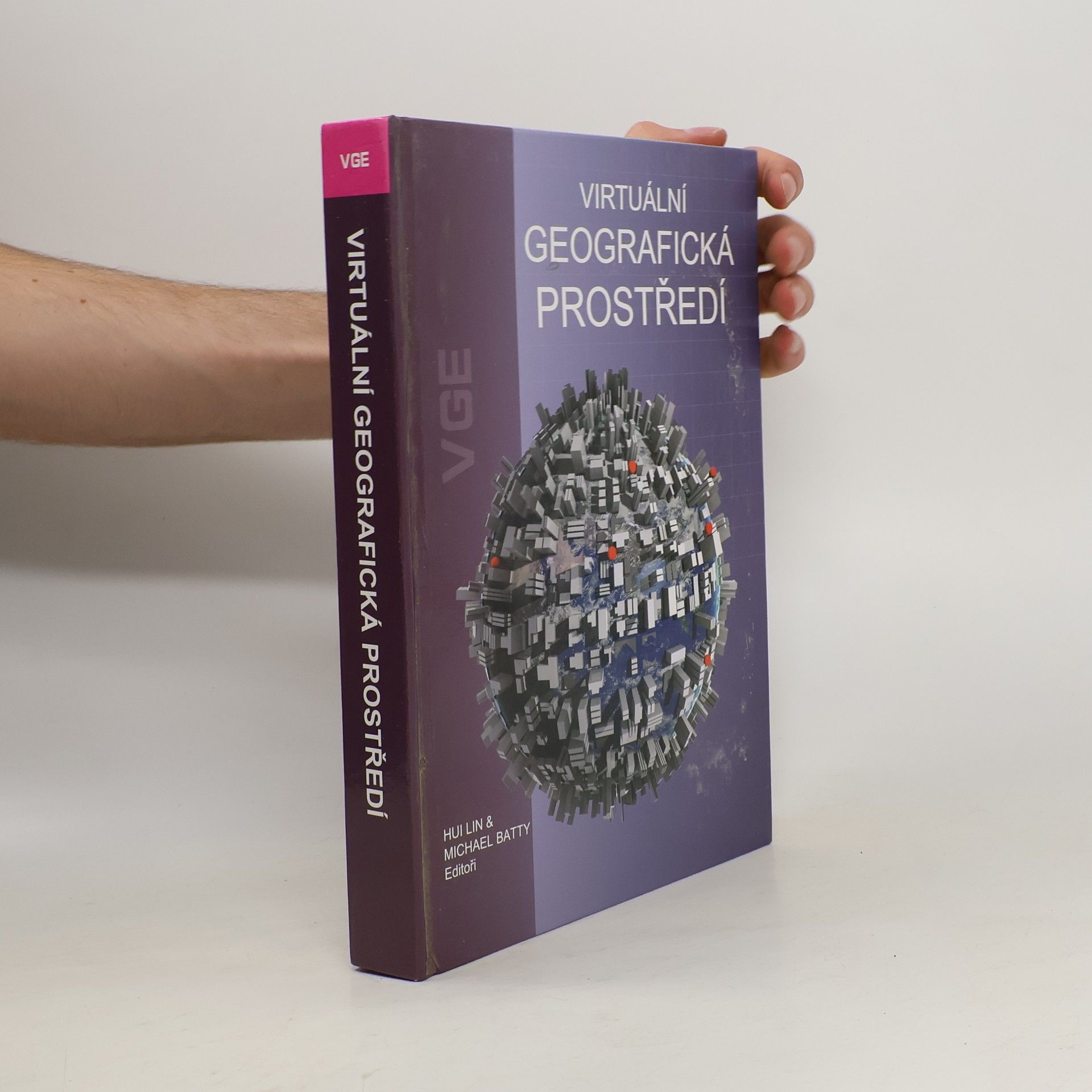This book presents mathematical models that explore urban phenomena, making it a valuable resource for scientists and planners. It aims to enhance understanding and prediction of city and regional forms, providing insights into the dynamics of urban development. The focus on quantitative analysis equips readers with tools to address complex urban issues effectively.
Michael Batty Livres






The Mathematics of Urban Morphology
- 580pages
- 21 heures de lecture
Focusing on urban morphology, this edited volume presents a mathematical perspective on the study of urban forms and structures. It features contributions from experts who explore various mathematical modeling techniques related to street networks, sustainability, and urban growth. The chapters emphasize the significance of these tools and methods for understanding, modeling, and simulating the formation and evolution of cities, making it a vital resource for researchers and practitioners in the field.
Advanced Spatial Analysis
- 275pages
- 10 heures de lecture
Advanced work on GIS applications in such fields as urban planning, transportation, and economic development
Exploring the innovative potential of urban development, this book delves into the ways we can creatively shape city futures rather than merely forecasting them. It emphasizes the importance of imagination and adaptability in urban planning, highlighting case studies and strategies that illustrate how communities can proactively address challenges. By blending theory with practical examples, it encourages readers to think critically about the evolving landscape of cities and the role of citizens in driving change.
Cities and Complexity
- 542pages
- 19 heures de lecture
Michael Batty offers a comprehensive view of urban dynamics in the context of complexity theory, presenting models that demonstrate how complexity theory can embrace a myriad of processes and elements that combine into organic wholes
Exploring the intersection of technology and urban development, this book delves into how computer simulations are revolutionizing city planning. It examines the role of these digital models in shaping real-world urban environments, highlighting the integration of computers into the social and economic structures of cities. By analyzing this symbiotic relationship, the work reveals the profound impact of technology on the future of urban living and governance.
Virtuální geografická prostředí
- 351pages
- 13 heures de lecture
Publikace je českým překladem knihy Virtual Geographic Environments. Tato kniha prezentuje to nejmodernější v oblasti propojení geografických informačních systémů (GIS) s vizualizačními metodami virtuálních geografických prostředí (VGE). Technologie online virtuálních prostředí a Web 2.0 jsou základem pro práci s virtuálními městy a virtuální krajinou. V knize jsou zkoumána uživatelská rozhraní založená na nových technologiích geovizualizace, které jsou nutné pro zapojení veřejnosti, dále je zde v několika kapitolách popsán proces vývoje GIS a VGE v mobilních a síťových zařízeních a způsob, jakým mohou být co nejvhodněji implementovány do služeb používaných pro určování polohy.
